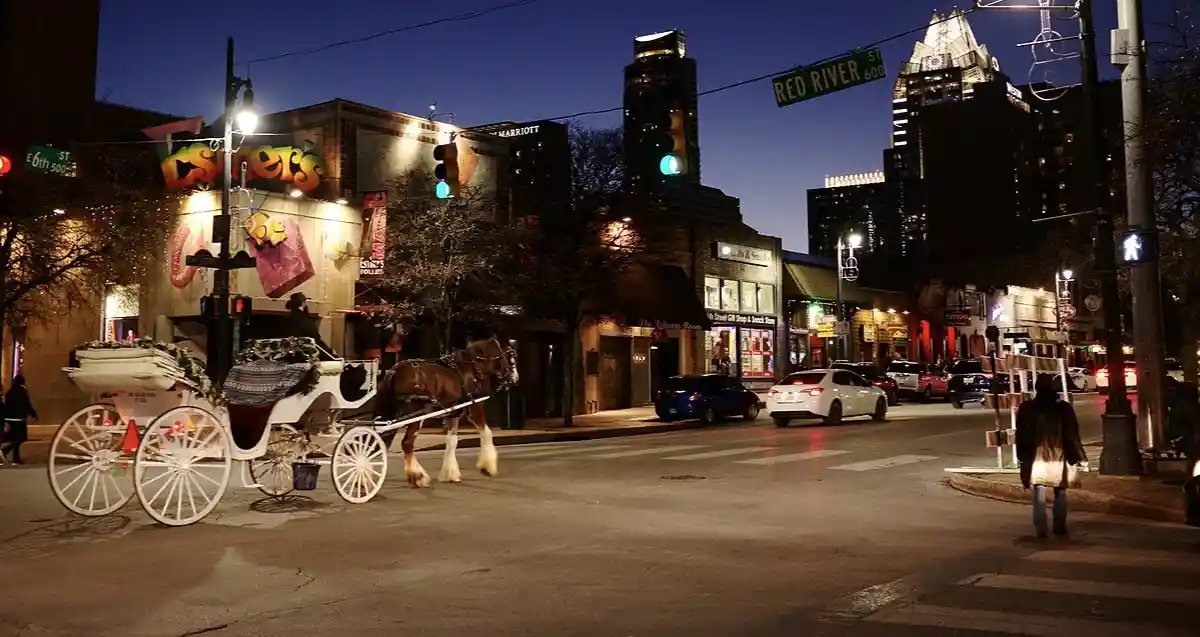Elon Musk’s Long-Awaited Robotaxi Rollout Begins
More than five years after Elon Musk first promised autonomous Tesla robotaxis would be on the road “next year,” the technology has finally entered a real-world trial phase. On Sunday, Tesla launched a limited self-driving taxi pilot in Austin, Texas — albeit with just 10 to 12 vehicles, each operating within a confined geofenced area and monitored by human overseers.
Musk, who has repeatedly teased robotaxi deployment timelines only to fall short, announced the launch with characteristic flair on X:
"The @Tesla_AI robotaxi launch begins in Austin this afternoon with customers paying a $4.20 flat fee!" — Elon Musk, CEO of Tesla
The move marks Tesla’s most concrete step yet toward commercial autonomy, even if a far cry from the “over a million robotaxis” Musk predicted for 2024.
Playing Catch-Up to Waymo
While Tesla has grabbed headlines with lofty ambitions, rivals like Alphabet’s Waymo have quietly surged ahead. Waymo has already deployed fully driverless services in cities like Los Angeles, San Diego, and Austin — and recently surpassed 10 million paid rides.
Tesla, by contrast, is only now entering public trials, and with significant caveats. A human remains in the passenger seat of each vehicle, remote monitoring is required, and the test area is tightly constrained.
Musk’s delay has cost Tesla not just time, but market share. EV competitors have rolled out compelling new models, and boycotts linked to Musk’s political outbursts — including a spat with the U.S. president — have hurt sales. A recent $150 billion wipeout in Tesla’s market cap unsettled investors, although shares have since rebounded to $322.
Regulatory and Legal Hurdles
Tesla’s Full Self-Driving (FSD) technology remains under federal scrutiny. Despite its name, FSD is not fully autonomous; drivers must remain attentive and ready to intervene. The U.S. Department of Justice has investigated the system, and multiple accidents have led to a National Highway Traffic Safety Administration probe. Lawsuits have followed, with some ending in settlements and others dismissed for lack of evidence Musk knowingly misled customers.
Tesla insists its new robotaxis are powered by a significantly improved version of FSD. Whether regulators agree — and how quickly approval can scale — will be pivotal.

The Promise — and Reality — of Scale
Musk remains adamant the service will expand rapidly, asserting that Tesla could scale up to hundreds of thousands — even a million — autonomous vehicles by next year. He claims Tesla owners will be able to convert their existing cars into robotaxis via an over-the-air software update, essentially turning idle vehicles into income-generating assets.
"Instead of having your car sit in the parking lot, your car could be earning money." — Elon Musk, CEO of Tesla
It’s an ambitious vision that echoes Musk’s broader tech playbook — one that’s revolutionized industries from space to broadband. Yet industry analysts remain cautious.
Investor Caution Amid Familiar Hyperbole
Garrett Nelson, an analyst at CFRA, warns that initial rollout numbers are too small to draw conclusions.
"We’re talking maybe a dozen vehicles initially. It’s very small." — Garrett Nelson, CFRA
Seth Goldstein of Morningstar remains skeptical that the pilot will quickly scale, estimating a realistic timeline for full deployment closer to 2028.
Tesla’s history of overpromising is well documented. In 2018, Musk falsely declared he had “funding secured” to take the company private — a statement that drew a penalty from the SEC. More recently, Musk claimed a “major rebound” in Tesla demand on CNBC, only to have European sales drop by 50% days later.
Competitive Landscape Tightens
Tesla’s decision to use only camera-based vision — in contrast to Waymo’s more sensor-rich approach involving LiDAR and radar — enables cost savings and potential rapid deployment. But the absence of redundant sensing technologies may be a liability if safety concerns mount.
Despite the competition, Musk remains bullish, recently claiming Tesla could capture “99% market share” in robotaxis. Analysts say such dominance is unlikely given the presence of formidable players like Waymo and Amazon’s Zoox.
Still, some believe Musk might pull it off — eventually.
"Maybe his timelines aren’t realistic, but he can develop futuristic technology products." — Seth Goldstein, Morningstar
Dan Ives of Wedbush Securities agrees, citing Tesla’s scale and technological agility as reasons for optimism, even if the journey ahead remains complex.






